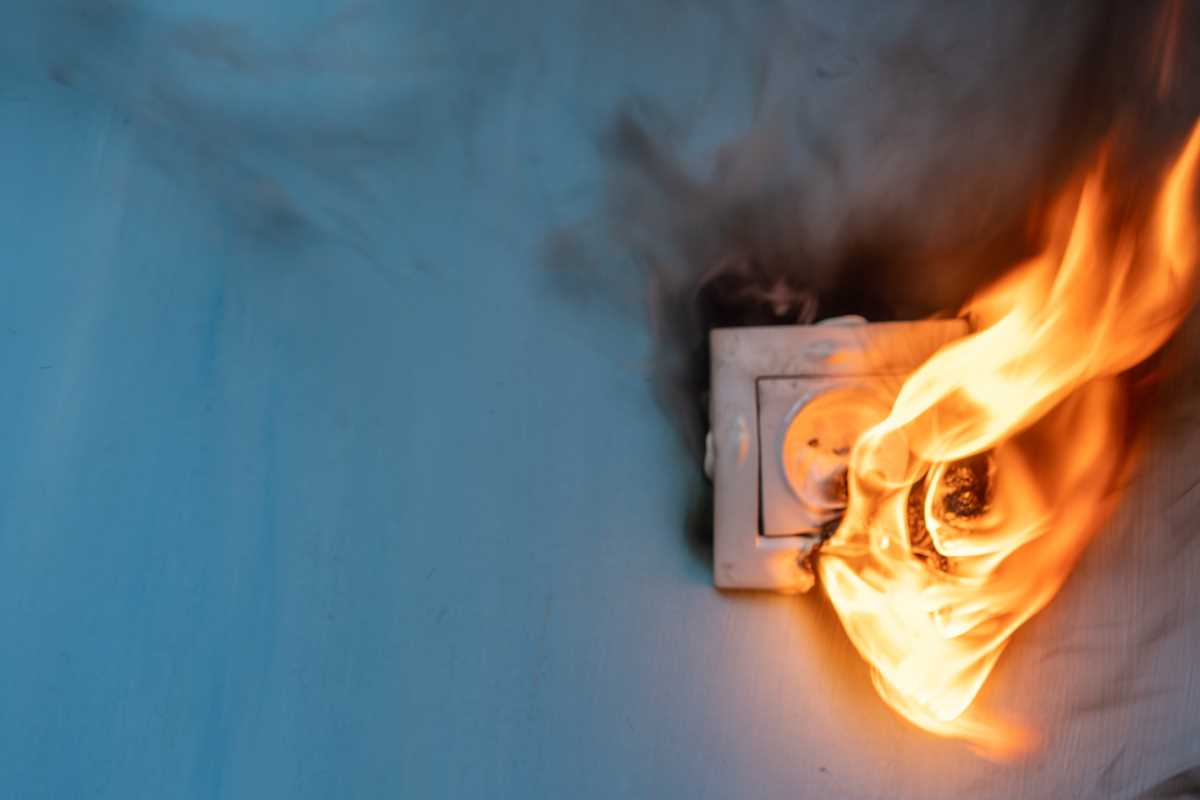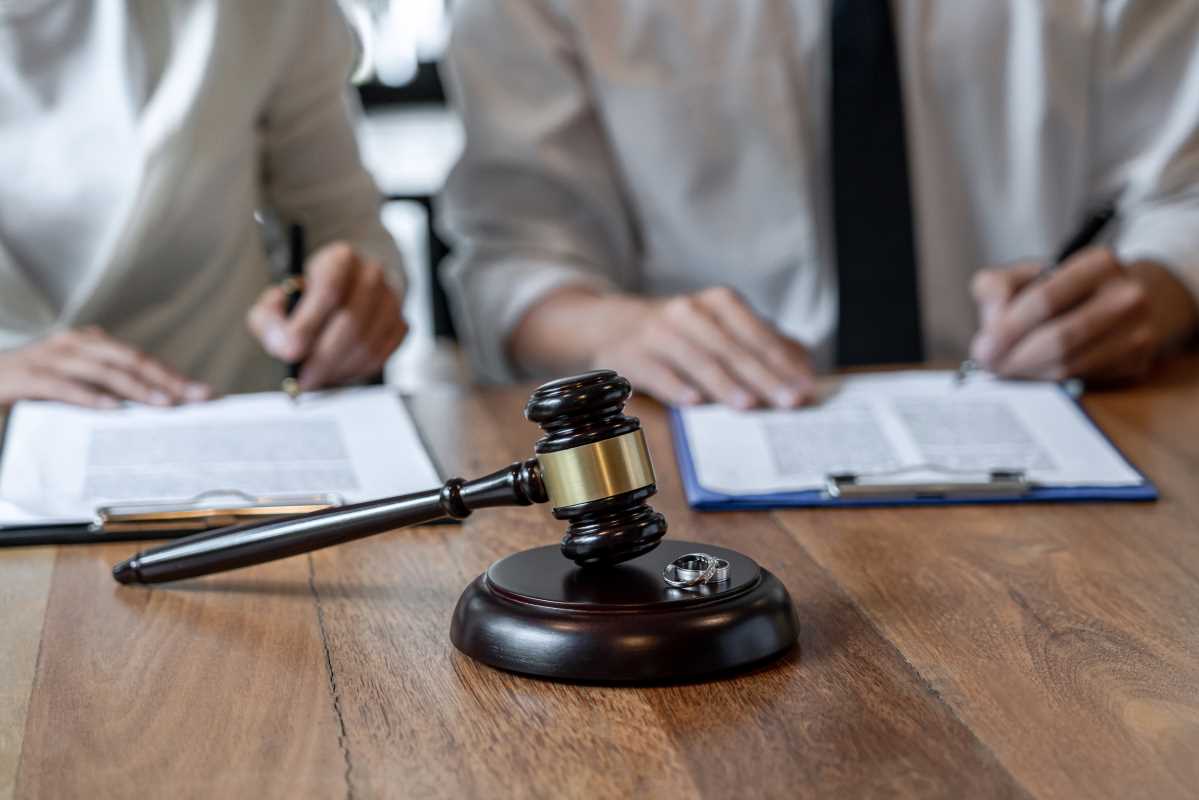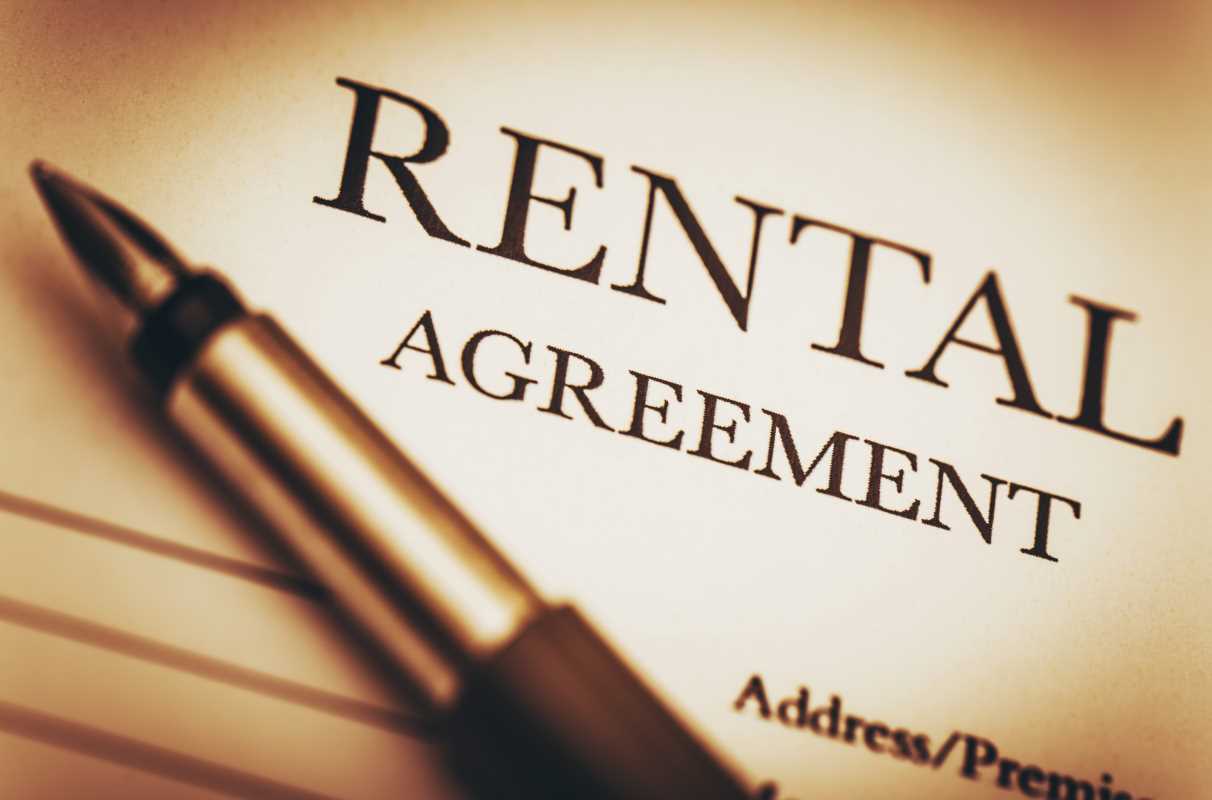Defective products can cause significant harm, ranging from minor injuries to life-changing consequences. Dealing with the aftermath of an incident involving a faulty product can be even more pressing when medical bills or lost wages come into play. Suing over a defective product allows you to hold the responsible parties accountable and seek compensation for your damages. This process can be confusing, but it'll become clearer once you understand your rights, the types of claims that apply, and the steps to building a strong case. Below, we’ll explain everything you should know to move forward confidently and take the necessary actions to secure justice.
Understanding Product Liability and Defect Types
Manufacturers, distributors, and retailers are responsible for ensuring that the products they sell are safe. Product liability laws in the United States protect consumers who are harmed by items that fail to meet standard safety expectations. Identifying the type of defect involved in your case helps determine the basis for legal action. Generally, defective products fall into one of three categories.
1. Manufacturing Defects
Due to errors during production, products with manufacturing defects don’t match the intended design. A batch of ladders might have weak joints because of poor welding, making them prone to collapse. Even though the design was safe, mistakes during manufacturing introduced hazards that could lead to injury.
2. Design Defects
Sometimes, injuries happen because the product’s design was flawed from the start. A poorly designed chair, for instance, might tip over too easily, even under normal use. Unlike manufacturing defects, design problems affect every product of that model, increasing the potential for widespread harm.
3. Failure to Provide Adequate Warnings
Some products come with inherent risks that require clear instructions or warnings. A hairdryer should include a warning about keeping it away from water. Failing to provide adequate labels, manuals, or hazard notifications puts consumers at unnecessary risk when using the product as intended.
Knowing which defect category applies to your case strengthens your claim and informs you of the legal strategies you might use.
Determine Who Is Responsible
Liability in defective product cases may extend beyond the manufacturer. Depending on the circumstances, other parties involved in the product’s supply chain can bear some responsibility. Examples of potential defendants include:
- Manufacturers who produced the defective item.
- Distributors who transported or stored the faulty product.
- Retailers who sold the product to the consumer.
Taking legal action often means targeting more than one party. If a retailer knowingly sold an expired batch of baby formula, they may share liability with its manufacturer. Identifying all responsible parties increases your chances of receiving fair compensation.
Prove the Four Key Elements of Your Case
Winning a lawsuit over a defective product requires proving four essential elements. These components form the backbone of your claim and show the connection between your injury and the product’s defect:
- The product was defective: You must show that the product had one of the defects mentioned earlier (manufacturing, design, or inadequate warnings). Evidence, such as photos, expert evaluations, and the product itself, helps demonstrate this.
- The defect caused your injury: It’s important to establish that your injury directly resulted from the defect, not unrelated factors. Medical records, incident reports, or witness statements can verify this link.
- You used the product as intended: Claims often fail if misuse of the product caused the injury. Using the item according to its instructions or reasonable expectations strengthens your argument.
- You suffered damages: Damages refer to your financial or non-financial losses, such as medical expenses, pain and suffering, lost income, or property damage. Clear documentation, such as receipts and medical bills, supports your claim.
Steps to Take After Experiencing Harm
Immediate action after being harmed by a defective product preserves your safety and evidence for your case.
1. Seek Medical Attention
Getting medical care should always be your first priority after an injury. Prompt treatment aids in your recovery and creates a detailed record connecting your injuries to the defective product. Keep all medical documentation, including diagnoses, prescriptions, and invoices.
2. Preserve the Product
Retain the defective product and its packaging, manuals, and receipts. Avoid attempting any repairs or modifications, as this may alter the evidence needed to support your case. Safeguarding the item in its original condition allows experts to examine and confirm its defectiveness.
3. Document the Incident
Writing down a detailed account of how the injury occurred and taking photos of the product, any visible damage, and affected areas of your body adds valuable evidence to your case. Video footage or pictures clearly demonstrate the impact of the defect.
4. Notify the Manufacturer or Seller
Informing the manufacturer or seller about the defective product creates a record of the issue you raised. This communication may also lead to information about prior recalls or complaints, which could benefit your case. Be sure to document all interactions.
Understand the Claim Filing Process
Suing over a defective product involves a legal process that typically begins with consulting an attorney. A skilled product liability lawyer evaluates your case, identifies the grounds for your claim, and determines the appropriate legal strategy. Here's what the process often involves:
- Case Evaluation: After reviewing your evidence, your attorney advises on the strength of your case and whether pursuing legal action is worthwhile.
- Filing a Lawsuit: Lawsuits are filed in civil court, targeting the parties you believe to be responsible for your injury.
- Discovery Phase: Both sides gather evidence through interviews, depositions, and document reviews.
- Negotiation or Trial: Many cases settle before reaching court, but some proceed to trial if an agreement cannot be reached.
An experienced lawyer follows legal timelines, such as the statute of limitations, which varies by state.
Importance of Consultations and Expert Opinions
Expert witnesses often play a key role in product liability lawsuits. Engineers, medical professionals, or industry specialists analyze the defective product and assess whether safety protocols were breached. Their testimonies provide credibility to your case and help judges or juries comprehend technical aspects of the defect.
For people seeking additional resources, organizations such as the Consumer Product Safety Commission (CPSC) offer valuable insights into recalled products and safety standards. Exploring such materials strengthens one's understanding of defective products and helps one build their case.
Challenges and Obstacles in Product Liability Cases
Pursuing a lawsuit over a defective product isn’t always straightforward. Defendants may argue that misuse, neglect, or tampering caused your injuries rather than the defect. They might claim you ignored warning labels or modified the product in a way that made it unsafe. Anticipating these defenses helps you prepare strong counterarguments.
Large companies often have significant resources and experienced legal teams working to minimize compensation payouts. Keeping detailed evidence and working with an adept lawyer levels the playing field.
Securing Compensation
Successful product liability claims can result in financial compensation to cover your damages. The compensation awarded generally falls into two categories:
- Economic Damages: These relate to quantifiable losses, such as medical bills, lost wages, or property damage.
- Non-Economic Damages: Compensation here covers emotional distress, physical pain, and other non-tangible impacts your injury has had on your life.
Depending on the severity of the harm, some cases also seek punitive damages. These aim to punish particularly reckless behavior by the responsible party and deter similar conduct in the future.
This information does not constitute legal or financial advice. Please consult a qualified professional for advice tailored to your specific situation.
 (Image via
(Image via





